If you’re a nursing mother, you might want to know how to make breast milk fattier to ensure your baby’s healthy growth and development. After all, fats are essential for the optimum development of an infant’s visual and nervous systems.
You can make your breast milk fattier by breastfeeding in shorter intervals, emptying the breast, and increasing your intake of unsaturated fats. It also helps to consume more protein, take supplements that increase breast milk supply, and pump before feeding.
Breast milk primarily contains water and numerous other components, including carbohydrates, minerals, proteins, and fats. The fattier the breast milk, the better for your child. Therefore, it helps to know the factors affecting breast milk’s fat content.
How to Make Breast Milk Fattier
1. Breastfeed Your Baby Frequently in Shorter Intervals

Unknown to many, the fats in breast milk increase as the day progresses, and the highest level is right before bed. In other words, breast milk has more fat content in the evening than in the morning. Some say this is why infants tend to cluster feed during nighttime.
Therefore, feed your baby more at night if you want to make breast milk fattier. Another technique to boost breast milk’s fat content is shortening feed time. Doing so will enable your baby to acquire more of the hindmilk.
Hindmilk refers to the milk your baby receives at the end of a feeding. It has more fat content than foremilk, which is the milk at the beginning of a feeding. Reducing the time between feedings will ensure that your infant receives the hindmilk with more fat.
2. Drain the Breast
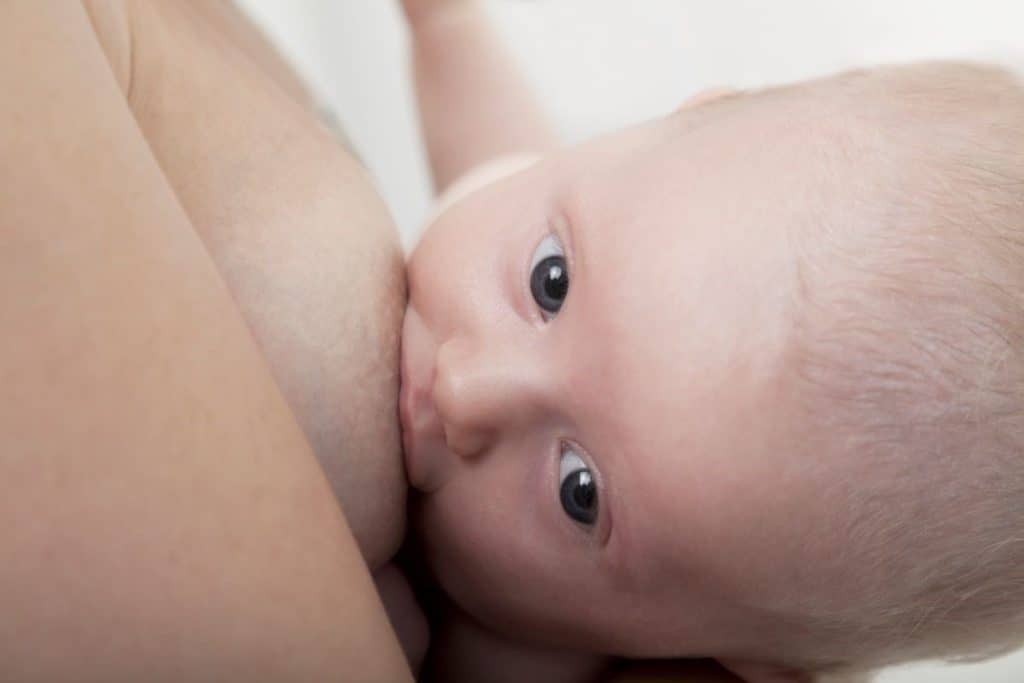
Contrary to popular belief, you don’t necessarily have to feed from both breasts every breastfeeding session. Switching your infant from one breast to another will hinder them from accessing the fattier hindmilk.
As you produce milk, the fat globules stick to each other and attach themselves to the walls of the alveoli. The alveoli are where milk production occurs. As the milk fills the breast, the thin watery components move toward the nipple, leaving the fattier hindmilk stuck to the milk ducts.
According to a study exploring breast milk composition, the fat and cell content reaches their maximum levels 30 minutes after feeding. Breastfeeding in prolonged periods empties the breast, ensuring higher fat content. Therefore, it’s better to empty one breast before offering the other.
3. Consume More Unsaturated Fats
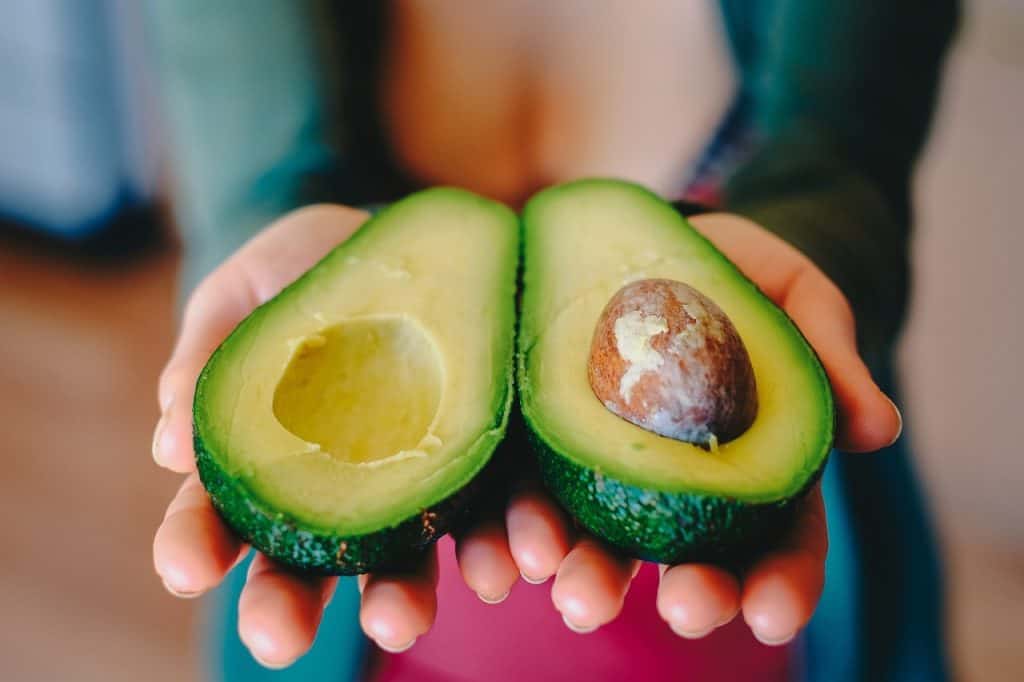
Your diet plays a significant role in regulating the production and quality of your breast milk. Another way to make breast milk fattier is by increasing your consumption of unsaturated fats. These fats, known as “good fats,” reduce cholesterol levels and lower the risk of heart disease.
Unsaturated fats help fortify the body, sustain cell growth, protect organs, promote nutrient absorption, and produce essential hormones. Below are some foods higher in unsaturated fats.
- Avocados
- Olives
- Fatty fish
- Nuts (e.g., almonds, hazelnuts, and pecans)
- Oils (e.g., olive, canola, vegetable, safflower, corn, and soybean oils)
- Seeds (e.g., sesame, pumpkin, sunflower, flax, and chia seeds)
- Dark chocolate
4. Compress Your Breast
Compressing your breast while the baby sucks helps stimulate the milk ejection reflex, leading to improved breast milk flow. To do breast compressions, encircle your breast with one hand (like a C shape from the top). Squeeze it while applying a marginal amount of pressure.
You can also gently massage your breasts to stimulate your milk ducts, allowing a smoother flow from the alveoli to the nipples. This method enables fattier hindmilk to come sooner. It also prevents you from developing blocked ducts and mastitis.
5. Pump Some Foremilk
Consider pumping a small amount of foremilk before feeding your baby to give them a better chance of getting more hindmilk. However, it’s significant to note that foremilk also consists of necessary proteins for your infant. Remember not to make pumping foremilk too much of a habit.
6. Increase Your Protein Intake
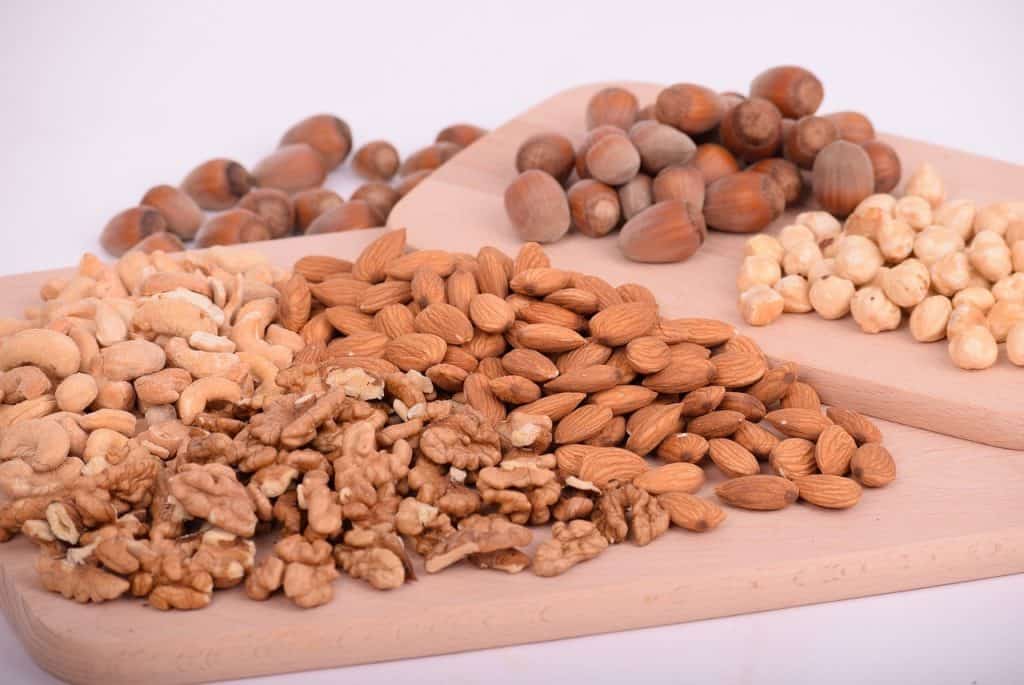
Protein fosters growth and is essential for various bodily functions. Nursing mothers must consume enough protein to ensure that their breast milk provides their babies with the protein they need for their growing cells and tissues.
According to this study, lactating mothers need about 15 grams of protein daily. You can refer to the following list of protein-rich foods you can add to your diet.
- Legumes (e.g., lentils, beans, peas, and soybeans)
- Nuts (e.g., pecans, almonds, hazelnuts, pistachios, walnuts, and cashews)
- Seeds (e.g., chia, hemp, sesame, pumpkin, flax, and sunflower seeds)
- Whole grains (e.g., buckwheat, oats, millet, wheat, rice, wild rice, and quinoa)
- Poultry (e.g., chicken, duck, and turkey)
- Seafood (e.g., fish, mollusks, and crustaceans)
Suppose you’re a vegetarian or can’t rely on your food intake to get the protein you need. You can consider adding protein supplements to your diet, such as the ones below.
Boobie Body Superfood for Super Moms
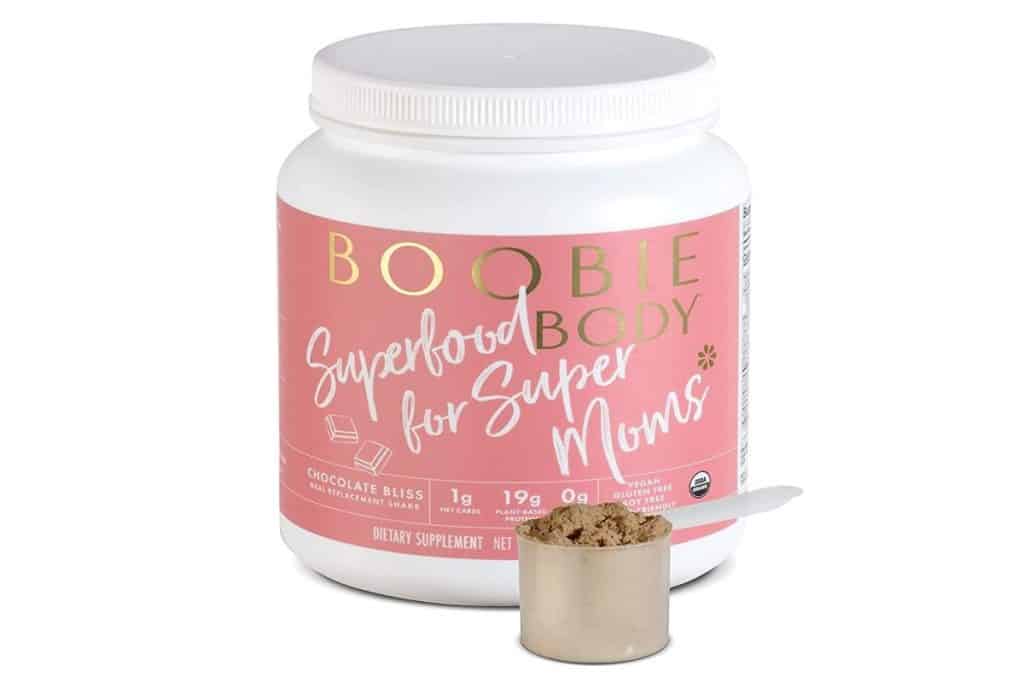
Boobie Body is a milk-boosting lactation drink that can also serve as a meal replacement for weight management and post-workout recovery. It’s USDA-certified organic, vegan, keto-friendly, and dairy-free, which can be a helpful addition to your diet.
Ora Organic Vegan Protein Powder
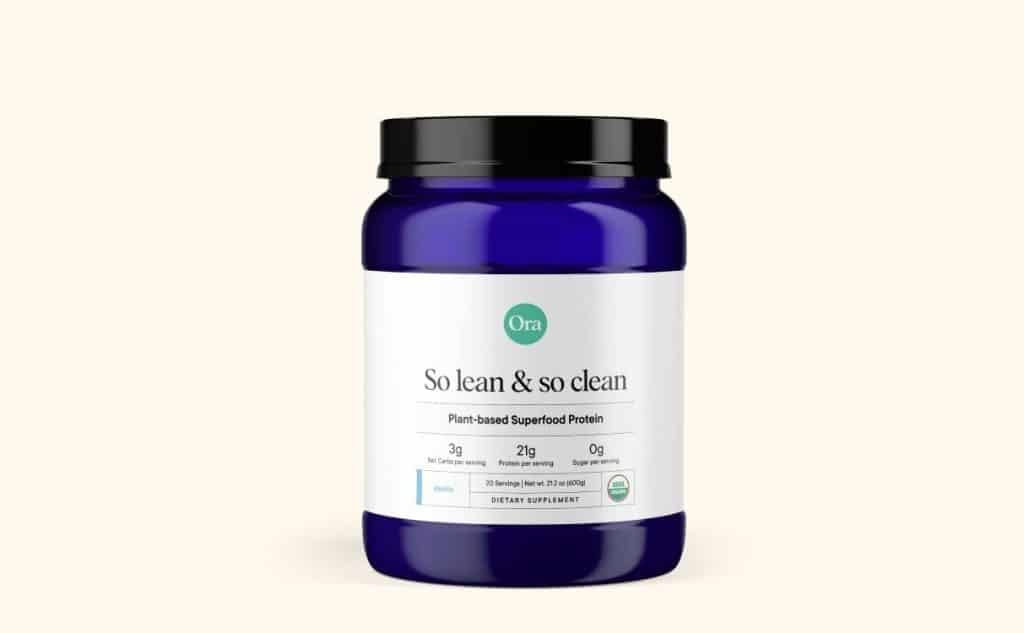
Ora Organic Vegan Protein Powder consists of 19 nutrient-dense organic superfoods. It helps support muscle recovery and growth and completes your amino acid profile. This product is easy to mix, making it an excellent addition to your smoothie bowls and protein balls.
7. Take Lactation Supplements
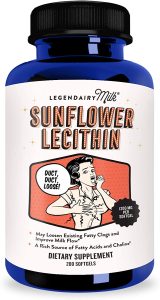
Certain supplements can aid in increasing breast milk supply. Some can make breast milk fattier, like the Legendairy Milk Sunflower Lecithin. This lactation supplement is a rich source of fatty acids that improve milk flow and may help loosen existing clogs.
Factors that Influence Fat Content in Breast Milk
1. Amount of Milk in the Breasts
As stated earlier, a breast with an almost empty milk supply has higher fat content during feeding than a breast full of milk. It’s significant to note that the amount of food you eat doesn’t affect your breast milk’s fat content but can influence its DHA levels.
2. Frequency of Breastfeeding Sessions
The fat content of breast milk and the frequency of nursing sessions are directly proportional. Your baby will receive the hindmilk with more fats if you feed them faster than your breast milk fills up.
3. Time of Day
The amount of fats in breast milk differs throughout the day. It’s also worth mentioning that the time of resupply of breast milk varies from mother to mother. Some have fuller breasts during the day, while others have them at night.
4. Breastfeeding Positions and Techniques

Your goal is to encourage and help your baby feed frequently and for extended periods. Nursing positions and techniques are critical but underrated factors affecting your and your infant’s breastfeeding experience.
When feeding your baby, ensure that they get a deep latch to guarantee that they receive their needed nutritional intake. A deep latch will also ascertain that your child can drink the hindmilk with more fats.
Frequently Asked Questions
Why Is Breast Milk Fat Important?
Fats are fundamental to an infant’s growth and development. Breast milk contains 3.8% (35-40 g/L) fat. It’s worth noting, however, that environmental factors, including the mother’s diet, can affect breast milk’s composition.
A study exploring the need for fatty acids in breast milk elaborates on this. A specific type of fat called long-chain polyunsaturated fatty acids (LC-PUFA) might be the primary reason breastfed infants perform better on developmental tests than formula-fed babies.
How Do I Know How Much Fat Is in My Breast Milk?
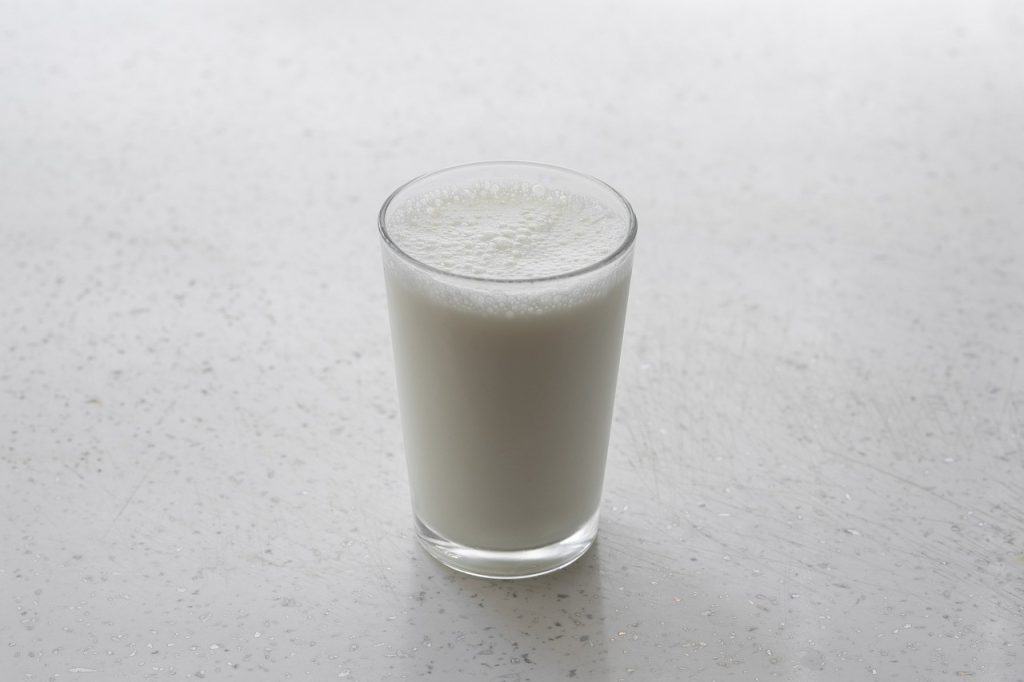
Initially, there’s no easy method to discern how much fat is present in breast milk that you can do on your own. However, you can look for signs, such as a baby’s weight loss or difficulty in gaining weight.
A study about the creamatocrit and the nutrient of human milk suggests that you can determine how much fat your breast milk contains. You can put it in a bottle or glass and leave it undisturbed for a prolonged period. Look at the amount of cream floating on top.
Lipids or fats are non-water-soluble, so they’ll naturally float. You can also determine the fat content in your breast milk by its color. Thick and white or yellow milk indicates that it’s hindmilk, which is rich in fat.
It’s worth mentioning that breast milk composition changes over time. Consider determining the amount of fat content in your breast milk by testing it in a laboratory. The results will provide some helpful insight into your breastfeeding journey.
How Does Fatty Breast Milk Look?
Fatty breast milk generally appears creamier than its non-fatty counterpart. However, it’s significant to emphasize that no breast milk looks the same, so it won’t be easy to discern how much fat your breast milk has just by its appearance.
Does Breast Milk Get Fattier as the Baby Gets Older?

As mentioned above, the composition of breast milk changes over time. Once your baby reaches toddler years, your milk will develop more antibodies. Your breast milk’s fat content will also increase to accommodate your toddler’s growing needs.
How Would I Know If I Need to Make My Breast Milk Fattier?
The most telling sign that you need to make your breast milk fattier is when your baby doesn’t gain weight or is losing some. If your baby isn’t gaining the required weight proportionate to their age, you might lack fats with the essential nutrients in your breast milk.
Final Thoughts
As stated earlier, breast milk’s different types of fats are vital to a baby’s overall development. Many mothers might wonder about breast milk’s fat content and if it’s enough to provide for their infant’s nutritional needs.
In most cases, there’s no need to worry because a mother’s body will naturally provide the necessary nutrients to ensure the baby’s healthy growth. If you suspect a foremilk and hindmilk imbalance or notice that your baby isn’t gaining weight, visit your healthcare provider.